An interview with Juan Angel – Recording from a real point of view, projecting untouched reality from the anti-government protests in Bogotá.
“My objective is to show what happens without a filter and no censorship.” Colombia Protests: Juan Angel.
Earlier this year, Colombian cities across the country saw great unrest as protests raged in the streets in opposition to the proposed tax rises. Morphing into a mass movement against the government, an International human rights body has now condemned the Colombian police together with the government for “excessive and disproportionate” use of force in its response. Spanning back until April of this year, civilians protesting in their local streets and in major cities including Bogotá and Cali were met with considerable resistance and force in which dozens died and hundreds more sustained serious injury.
Beginning amid anger over a proposed COVID reform bill that would have lowered the threshold for taxing salaries, Colombians demonstrated in strong opposition as the proposed bill undeniably strengthened the ever more poignant gap between classes throughout the country. Despite the plan being withdrawn days after by the county’s President the momentum only grew and protesting became about wider social injustices including police violence and poverty.
Photojournalists including Juan Angel captured moments of change from both sides. Upholding his responsibility to document from a real point of view Angel believes it is fundamental to showcase the events with any kind of political favoritism.
IMAGO spoke to him about his work documenting the protests in Bogotá.
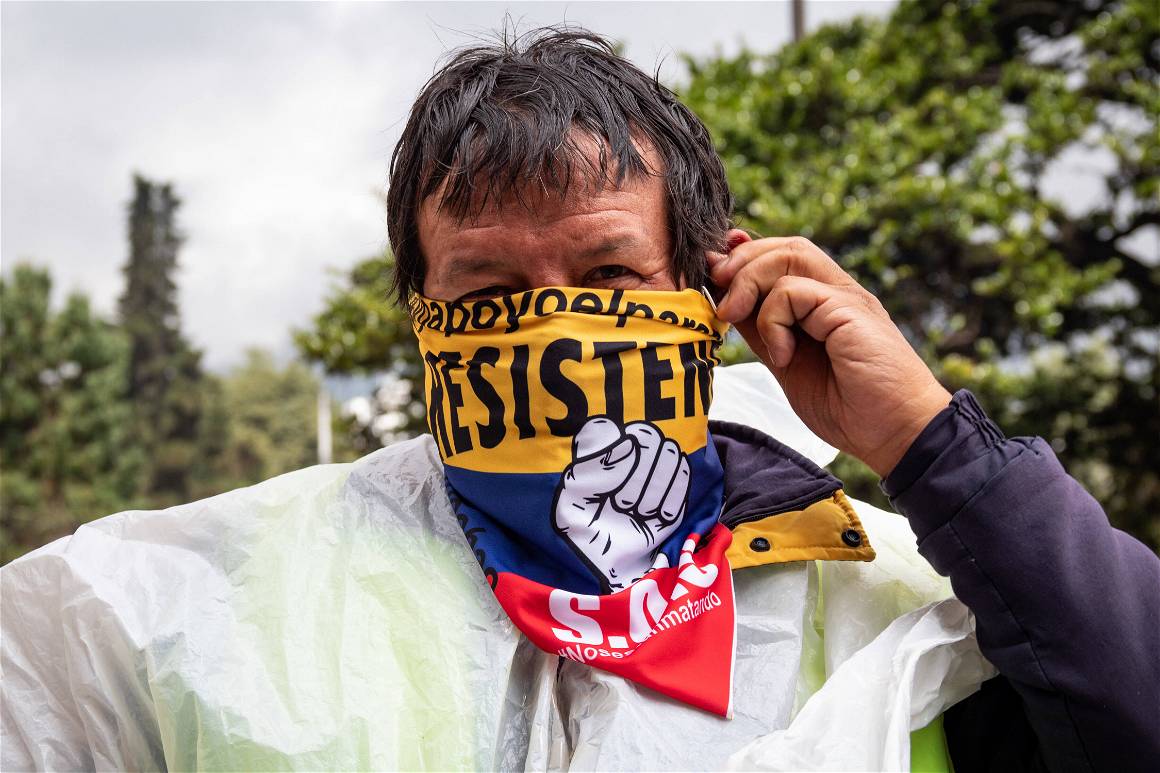
Can you tell us a little about yourself and your time as a photographer.
I started photography around August 2017. I was taking a photography class in college and I was mentored by the great teacher and photographer, Luciano López, who taught me how powerful photography is, not just on its technical aspects but also in the way it can express emotions. This mentorship got me really interested in photography and focusing on photojournalism, in particular in social contemporary issues, topics that had opened me up to amazing experiences inside Colombia.
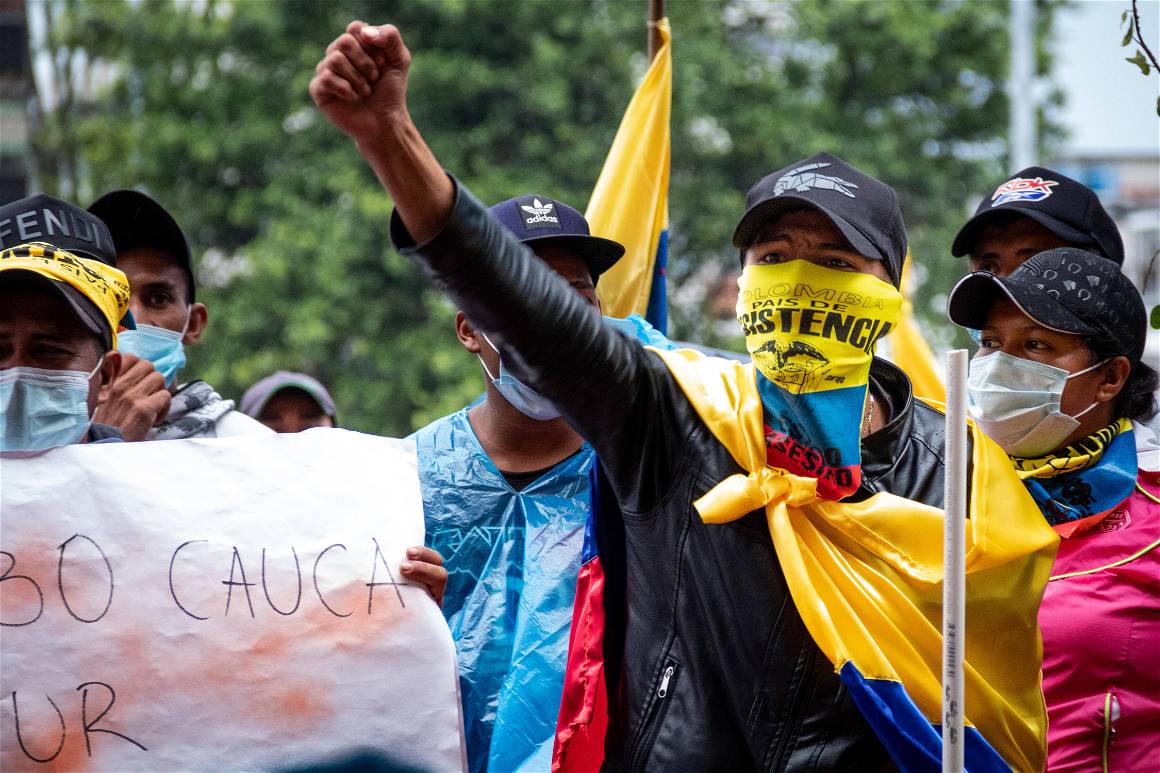
What has been the most defining moment you have witnessed or one photograph you have taken for you?
Back in 2019, I was still becoming a photographer, and I got to capture a unique and iconic moment with my camera. It was of a young girl and her mother drinking at a local coffee shop in Bogota’s iconic 7th Avenue “Carrera Septima” in the heart of Bogotá, Colombia’s capital. When I heard some explosions and then a cloud of tear gas that flooded the Coffee shop that instantly blinded the mother and her daughter for a moment, generating a slight pain in their bodies. I can remember the screams and sorrow of the child as people around them tried to ease her pain, running to her and applying milk on her eyes.
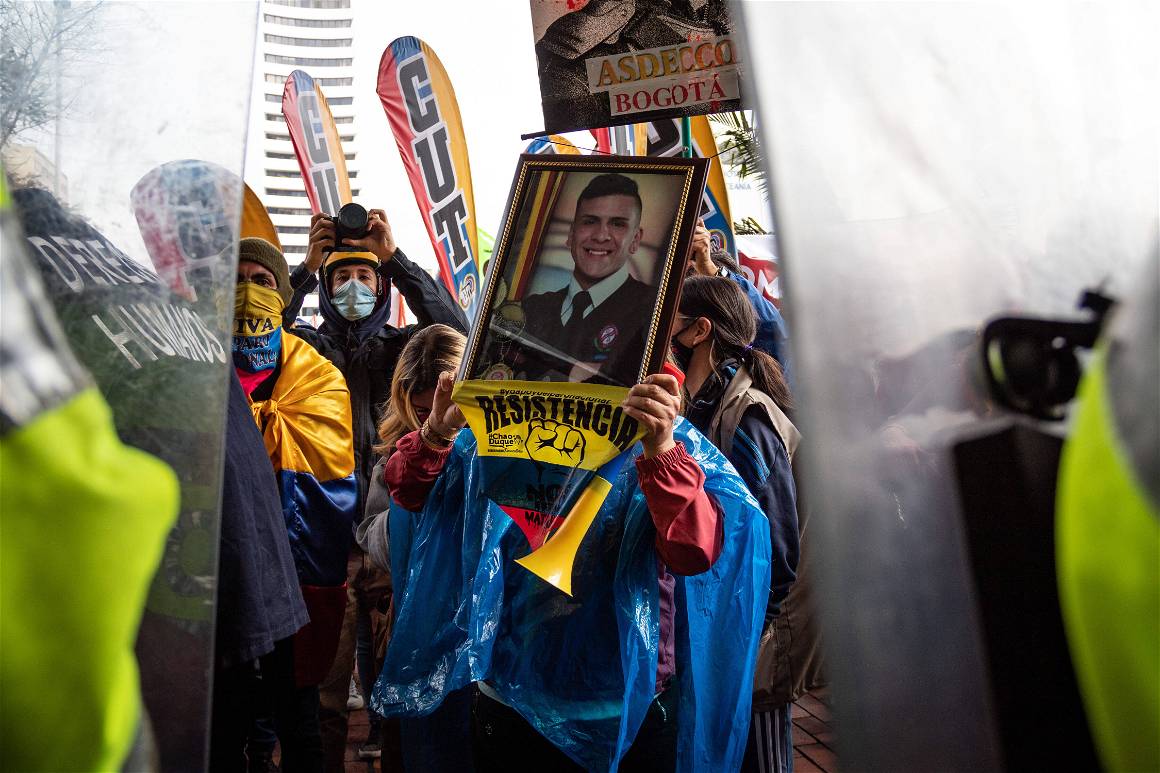
You recently documented the protests in Colombia right now. Protests have erupted all over the country after a tax reform bill was released by President Iván Duque. Despite the president withdrawing the new tax hike, the protests continued. In your own words, can you tell us a little bit about what they are about and the cause behind them?
As for the protests, people to this day are still on the streets protesting against the government, some peacefully but some ending in clashes with Colombia’s police. As we all know, this rise in protesting started due to a tax reform but as soon it was eased by the government different social issues kept demonstrations going. Most of them are due to unrest and police brutality cases during the demonstrations that ended in at least 70 dead during the first month.
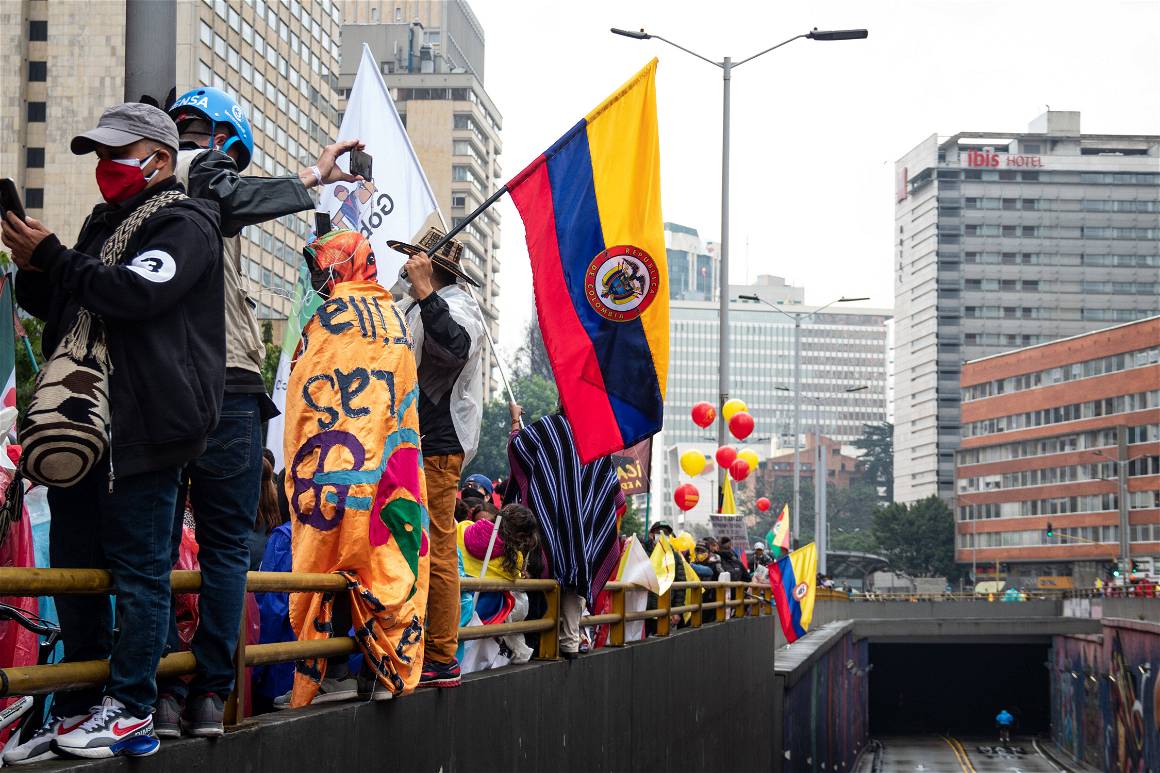
Why did you feel it was important to go out and photograph the event?
Because in Colombia it is obvious that the line of communication of the big media is in favor of the current government. That is why going out, informing and recording from a real point of view is fundamental. Without any kind of political favouritism. And this is my main priority to inform and record the reality without any kind of make-up.
Something that is clear to me is that several media and news outlets are lead by government supporters this leads to misinformation or news not being shown inside the country, as a photojournalist I feel it is necessary to show a real point of view of the demonstrations, without taking part with any political ideology, as for me reporting information is a priority, showing the most real and untouched reality as I can.

We have seen some quite violent and angry protesting. What was the atmosphere like when you were there?
When clashes start, we do feel the tension that happens. As photographers, we have to always wear proper identifications, goggles and gas masks, press bulletproof vests and helmets. It’s also important to not stay on either side (Police or protesters) but in the middle ground or rotating between both to prevent any injury or being confused as a demonstrator by Police.
Some of the fears we have is during the nights as identifications are not well visible and some people or police sometimes can confuse us with the risk of undermining our labor as journalists. Sometimes it happens that even if we show our credentials, we get attacked by police or demonstrators too.
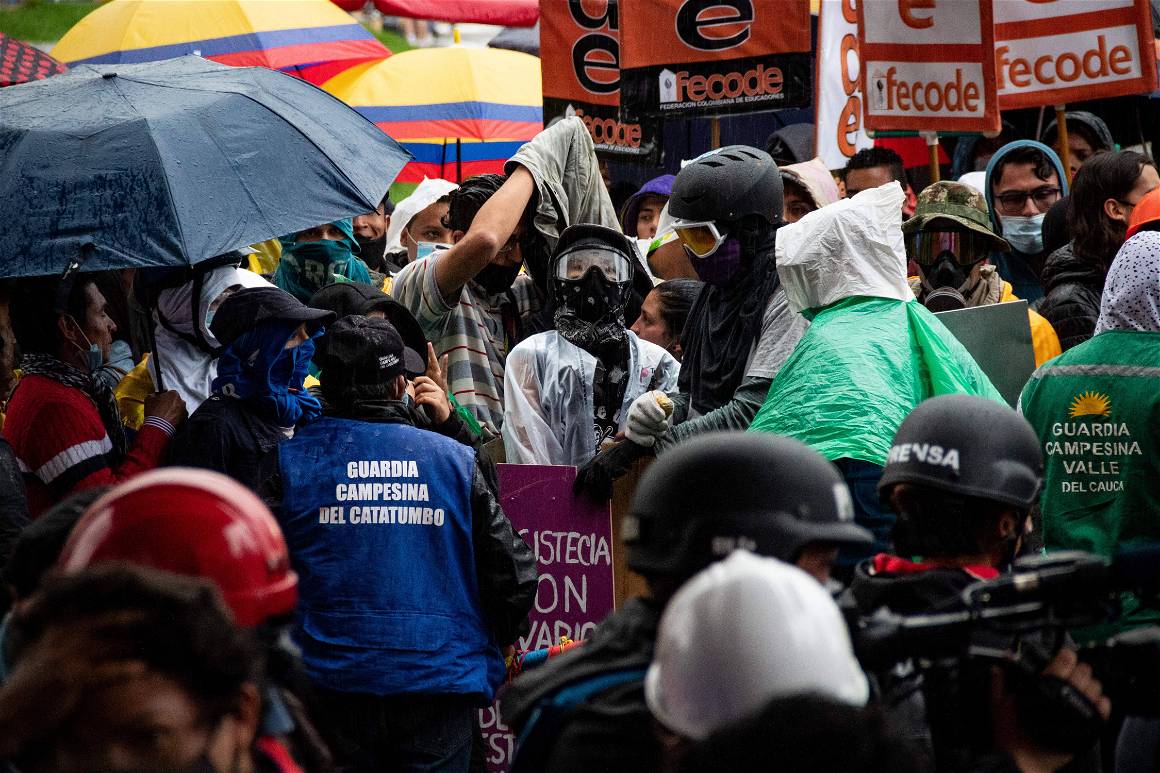
What did you experience, hear and see?
It is gratifying as we have two points of view, as mentioned before, with demonstrators identifying as a journalist it’s helpful. People in the protests trust more freelance and independent journalists rather than the ones from local news, sometimes we do receive greetings like “La Buena pa’ la prensa” <In the good mood to the press>. On the other hand, covering from the perspective of the police is more menacing and sometimes they will try to intimidate you when they don’t do a procedure properly.
What is your aim in photographing and documenting these events? Do you have a particular goal or message that you want to communicate through your work?
My objective is to show what happens without a filter and no censorship, for example: If police abuse authority or a demonstrator attacks them, I will take those photos. For me it is reality and that is my overall aim.
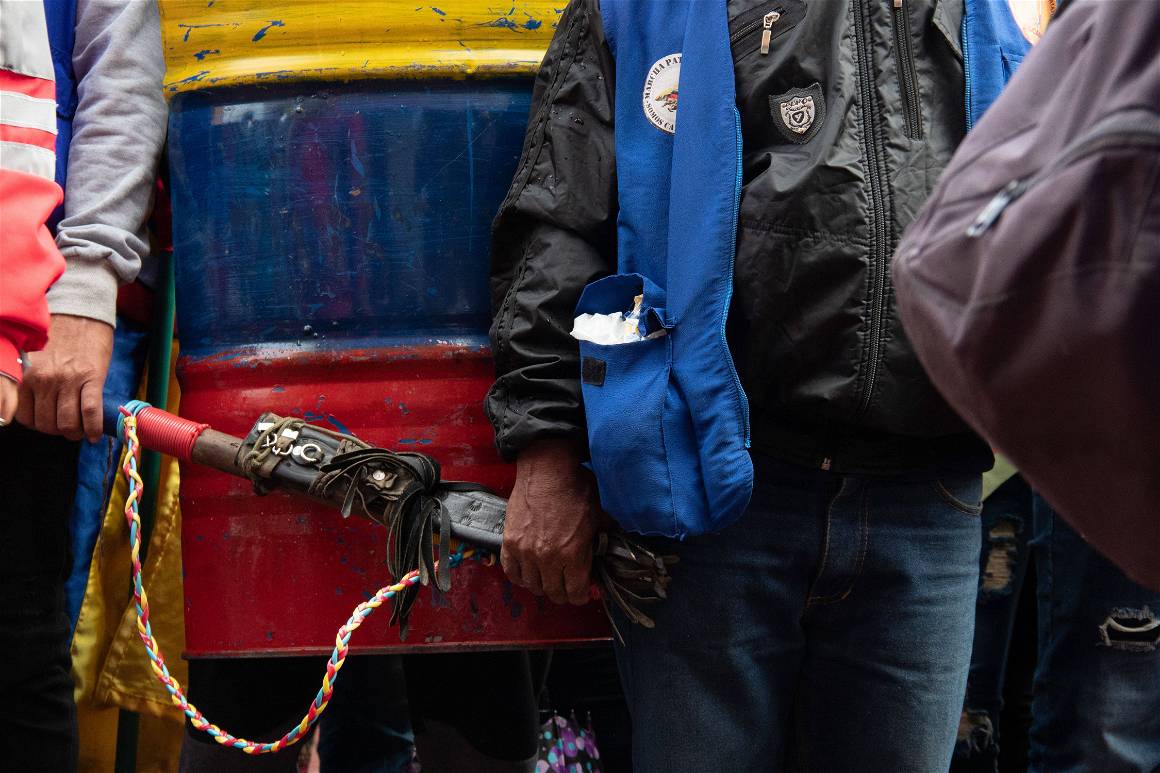
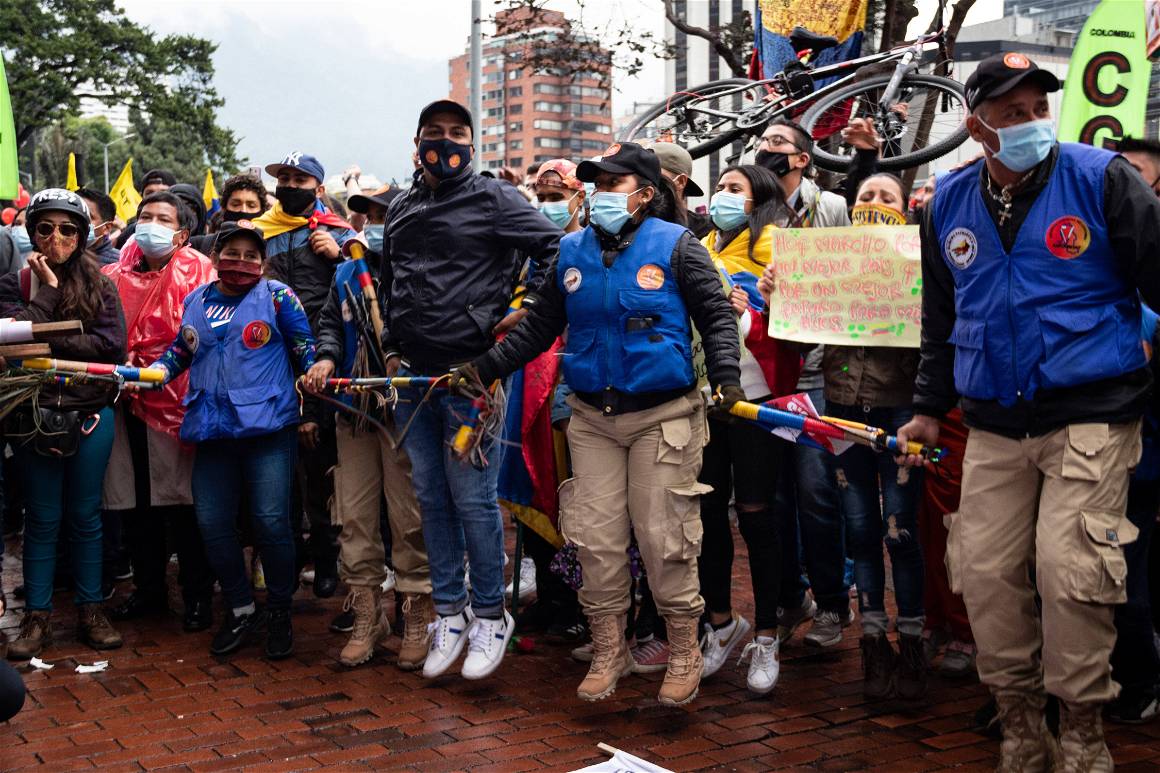
Initially they were led by trade unions, pressure groups and activists but who did you see out protesting? Did you speak to anyone about why they were there or their views? Did you discover anything about their cause?
I’ve had the opportunity to conversate with different people that take part in the demonstrations. Most of them express their aggressiveness, like illegal mines or the massacres to social leaders across the country. I have also seen parents taking voice of their children just as it happened in the case of Dilan Cruz, a student killed by a riot police officer after being shot with a bean bag bullet in the neck, sadly dying days later. It is common to see mothers out in every protest with a photo of their children, trying to clean the name of her son after defamations of him being a vandal, that had been made not just by the media but also by politicians and authorities.
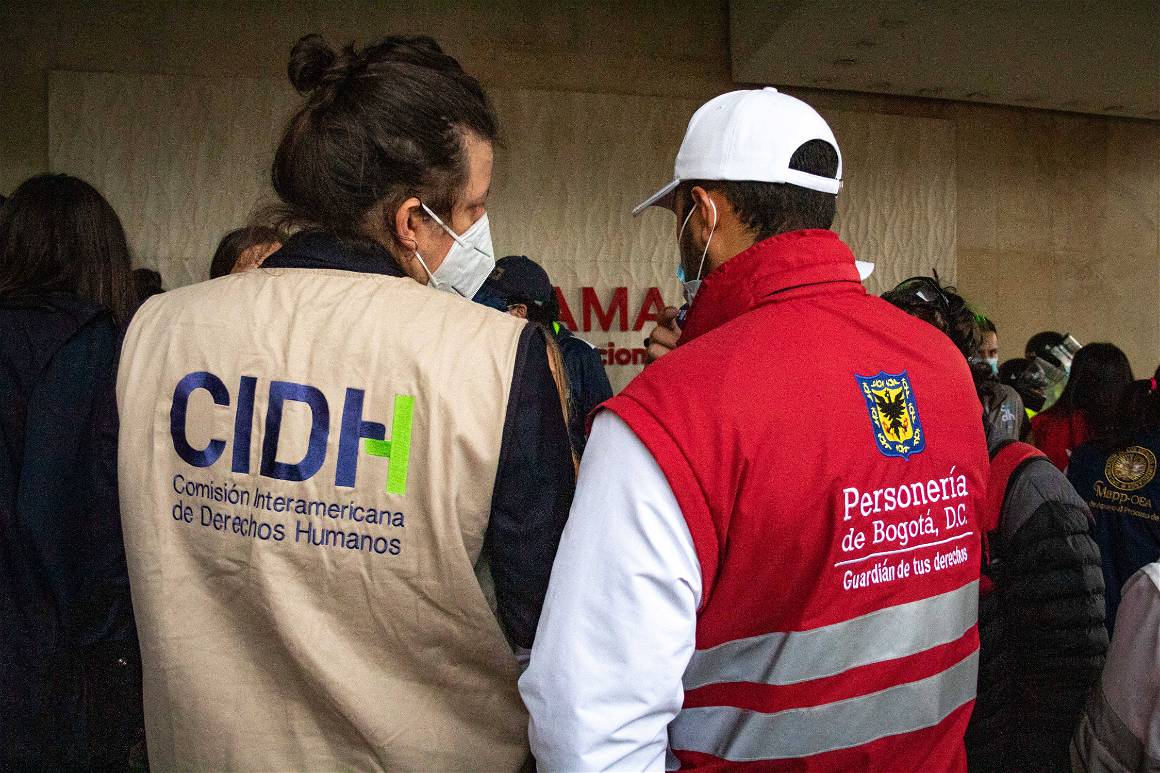
What began as a demonstration against tax rises erupted and grew into a mass movement against the government. Have you photographed anything like this previously? If so, what and where?
For my time as a photographer I have always covered the capital city, Bogotá, I try to always cover each protest as it happens since 2019. Most of them are organized by public university students, some against Bogota’s mayor and more that surround Colombia’s politics and social issues. However, I cannot compare any of those protests to the ones the country is experiencing right now, as their reasons for happening have been one of the strongest and hardest to control situations Colombia has ever had. Further exacerbated by the COVID-19 Pandemic that has only added more strain and widened the gap between classes, people and communities in relation to political and social issues.
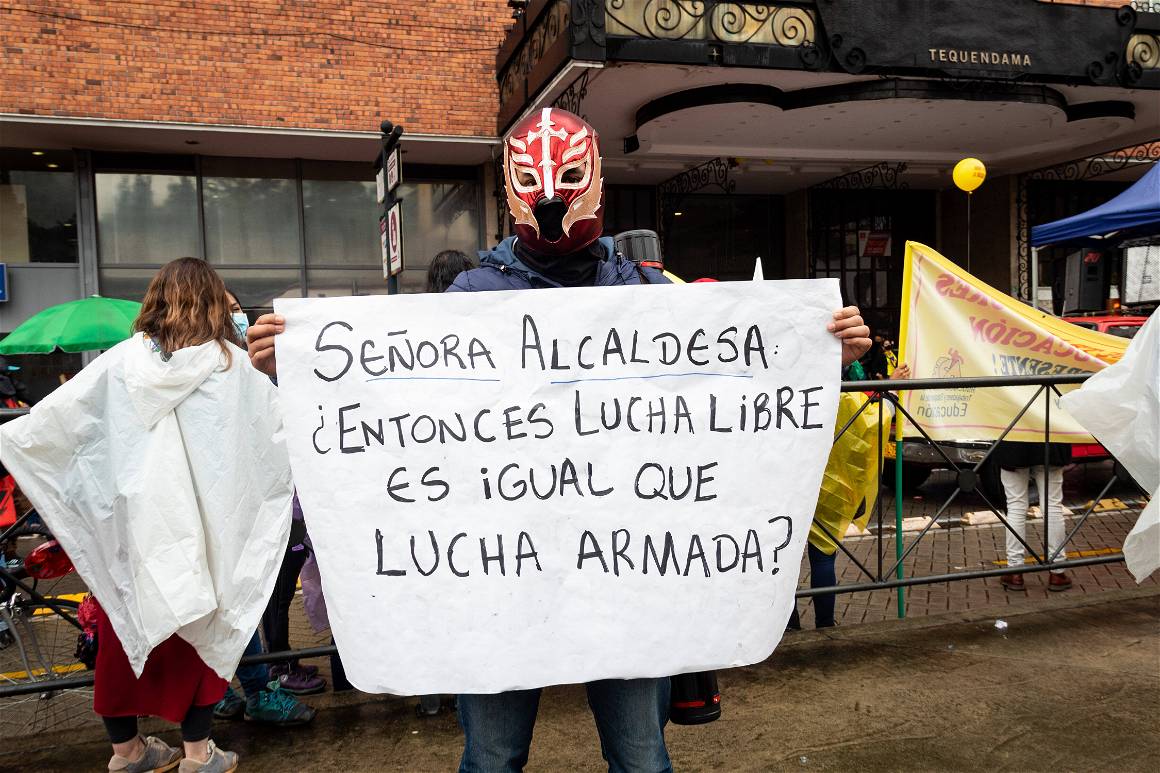
What do you believe to be the most poignant role of photography in today’s society?
Photography is now considered to be instant, anyone with a cell phone has a camera in their pocket which they can use to document, and social media is now the first outlet where information is published. Daily, we can see photos and videos from all over the country showing what happens. Live streams and the ability to share makes photography one of the most powerful media to reveal social issues and show what is happening.
What do you think you gain from attending social and political events such as these, as a photographer, that you can’t experience elsewhere?
There is a word that can describe all, and it’s Joy. Colombia is considered to be a joyful country, even with the struggles of life and social issues but even during the protests aimed to fight against non-conformities; art, life, signs and posters, handcrafts, chants, instruments and dances are used to express most of them. As a photographer this motivates me to find the right images for viewers to watch.
Juan Angel is a photojournalist based in Bogotá Colombia. Working with ZUMA Wire his photographs cover social contemporary issues from the capitol.
See other IMAGO Collections from Colombia here.


